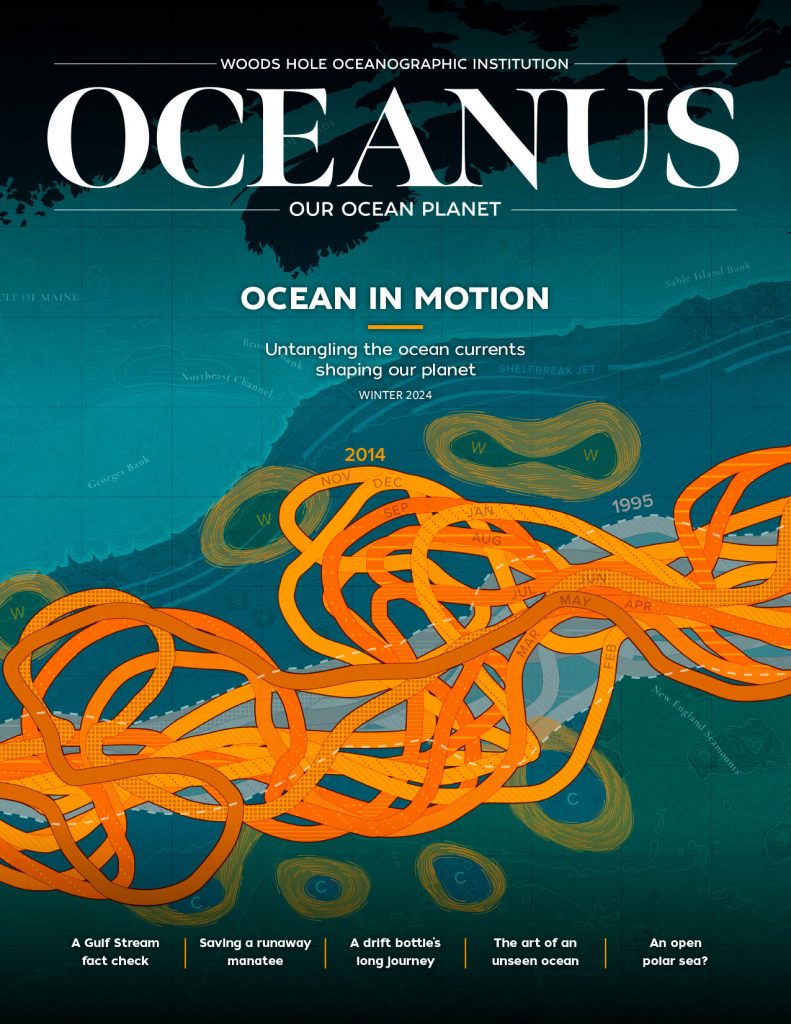Underwater Vehicles
Woods Hole scientists explore new deep-sea phenomenon
‘Like a magic carpet.’ New creature seen by Cape resident off Costa Rica now has his name
Navy submarine just tested a torpedo tube-recovered drone
How a big underground tank in Bedford could help boost state’s ‘bluetech’ economy
Scientists drop robot into dark ocean, film weird brilliant world
WATCH: New England-based researchers share rare video from ocean’s ‘Twilight Zone’
Ocean Exploration Trust collaboration to test technology for science
New framework for oceanographic research provides potential for broader access to deep sea scientific exploration
Titan’s CEO put innovation over safety. He was an outlier in the world of deep sea exploration
The mini-sub that carried the first humans to the Titanic is in San Diego looking for fresh discoveries
What is the future of submersibles after Titan implosion?
An Explorer of Abyssal Depths Looks to Oceans on Other Worlds
Scientists discover pristine deep-sea Galápagos reef ‘teeming with life’
Engineer That Worked On Original Titanic Documentation Talks Newly Released Video
Newly released video shows Titanic wreckage before decades of deterioration
Rare video of 1986 dive in Titantic wreckage to be released
New Species Of Deep-Sea Fish Discovered Off Costa Rica
Submersible Technology Advances At Speed At WHOI
Revealing 99% of the ocean floor: WHOI’s submersible Alvin reaches new depths
Robot designed by Texas university to explore underwater glacial walls to monitor climate change
The First U.S. Human-Operated Submersible Changed the Course of Oceanography Alvin was built by researchers at Woods Hole
Thanks to Alvin, scientists were able to study the effects of pressure on seafloor microbes and discovered hydrothermal vents that help regulate ocean chemistry and support ecosystems.
A Bright, LED-Lit Future for Ocean Sciences
Recently, there has been a push in the oceanographic community to replace hard-wired, fiber-optic communication tethers connected to instruments with wireless, through-water communications. Think Wi-Fi for the ocean.
WHOI Receives Grant for Curious Robot to Study Coral Reef Ecosystems
The team led by WHOI computer scientist Yogesh Girdhar aims to build a robot capable of navigating a reef ecosystem and measuring the biomass, biodiversity, and behavior of organisms living in or passing through a reef over extended periods of time.
‘Rolls-Royce’ of shark cameras can extend to turtles, whales, seals and squid for ocean’s big picture
A high-tech SharkCam invented by a Cape Cod researcher offers an unprecedented window into the lives of the ocean’s toothy predators, and can also extend to seals, whales, turtles and squid for a big-picture view of precious ecosystems and how to protect them. “These vehicles, these underwater robots that look like highly complex systems are just an extension of yourself to be able go where people can’t go, and there’s no limitation to what they can do,” said Amy Kukulya, research engineer and principal investigator at Woods Hole Oceanographic Institution.











